If you’ve ever felt the guttural disappointment of having wasted precious cash, then chances are you probably know what it feels like to have watched a horror movie in recent years. FIB identifies three pitfalls of modern horror films and offers some suggestions for improvement.
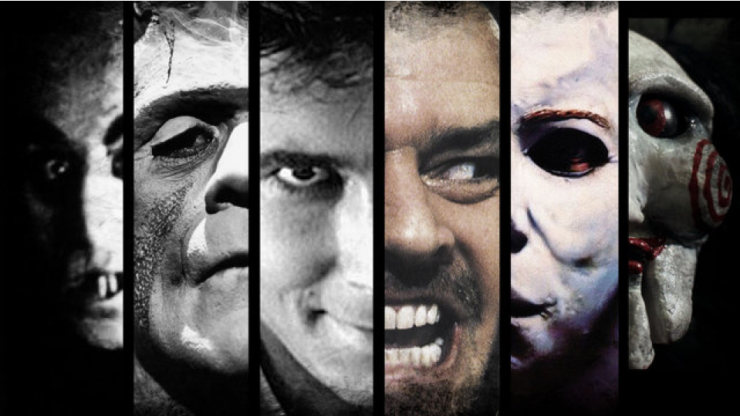
Time and time again we fool ourselves into sitting down for what we hope could be ninety minutes of well-crafted tension and mysterious intrigue – only to find out that the only mystery is why you chose to watch the atrocious Annabelle that evening over Gone Girl that was screening just next door (a haunting memory, truly).
This makes us movie fans beg the question – how has the quality of horror movies fallen this hard? Sure, we’ve got a few that have stood out over the past few years (if you haven’t seen Get Out yet, make that a priority – after this article, that is), but if we’re talking a general overview, most will probably agree that there have been more mind-blowing duds than terrifying hits.
With a handful of new horror movies underway (including a truly triggering sequel film titled Annabelle: Creation), FIB looks into the reasons why the only thing hammy-acted murderers are killing are your poor wallets and chances of rocking up to a sequel.

- Reused and recycled ideas
Found footage is far past being a novelty concept, but tell that to the guys who green-lighted The Possession of Michael King (actually, it probably would’ve disgraced the genre either way). The Paranormal Activity directors should also realise that too much of what was once a good thing could get a bit nauseating after the nth sequel.
This act of exhausting a tired concept goes for many other horror movie clichés, such as cursed dolls, possessed kids, and – gasp! – the-protagonist-was-actually-insane-or-dead-all-along plot twist. And the same goes for moments in the movies themselves, like the notorious “spring-loaded cats”, splitting up perfectly solid groups, and in the case of most female characters – forgetting how to use their legs when running for their life. These hackneyed ideas have turned the genre, instead, into a predictable guessing game of how and when characters die and the moronic antics leading up to their demise.
This is the leading problem with the directors of modern horror films: the lack of originality and imagination. With exceptional stand-outs like Get Out, The Babadook, or The Green Room, in recent years, the field is mainly a mess of one overdone idea after the other. Haunted houses may have been a captivating subject in, say, the 1980’s to early 2000’s (with iconic works such as The Others and The Shining), but after flops like The Amityville Horror (Ryan Reynolds’ version), The Haunting in Connecticut, and whatever-the-hell you want to call that dreadful Poltergeist remake, audiences are getting bored of families dealing with their new paranormal housemates after a bad deal with some shady realtor.
That’s not to say that all haunted house-centric horror films are bad, and neither are all the found footage flicks from recent years. Directors would just have to put in more effort to carve something truly outstanding out of such tired and tested concepts. James Wan has demonstrated how this is still achievable with 2013’s The Conjuring, as well as Shyamalan with his 2015 docu-style comeback film, The Visit.
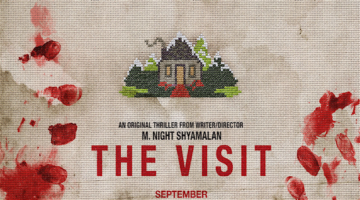
However, it takes more than just making a decent movie from the ashes of old ideas to create something truly great. Perhaps what made recent hits such as Get Out and The Babadook so enthralling were not notions rooted in classic (and overdone) ghost stories and urban legends, but storylines centred on contemporary issues in society. On one hand, you get a twisted commentary on the longstanding concerns of racism, and on the other – a tense look into the psychological strain of a widow in single motherhood. Untouched by the horror genre, it is clever and meaningful concepts such as these that bring a breath of fresh air to a category relying on exhausted, slapdash plots, CGI monsters, and B-listers running their career into the ground.
- Good concept, botched execution
And on the note of unique ideas, sometimes there are just great concepts that lose themselves in an unfortunate hullaballoo of bad writing, laughable acting, and whatever possessed Mark Wahlberg to accept this low (meme-able) point in his career. It’s not enough to come up with a ground-breaking premise – the next challenge is pulling it off.
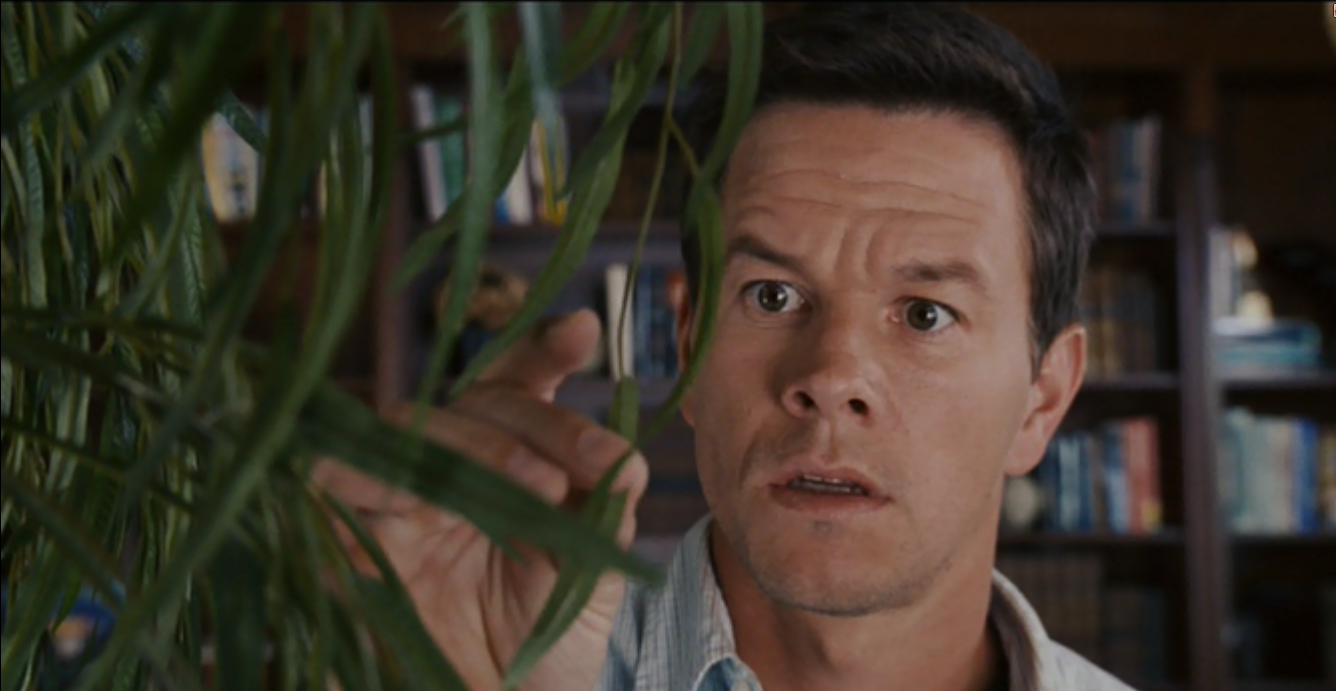
Careless directors have repeatedly failed in this second step, spewing out movies that could have obtained critical acclaim with their interesting, clever concepts – if not for a disappointing execution. A example of this would be 2013’s The Purge, an Ethan Hawke flick where characters had a baffling flair for dimwitted decisions. The concept of an annual 12-hour period of legalized crime in America should have made for nothing less than entertainingly intense cinema with its intriguing premise. Sadly, the only intensity felt was the seething frustration at each and every preposterous choice the characters made, ultimately (and deservedly) leading to deadly consequences. Lena Headey sparing her murderous neighbours at the end of the film was the tipping point; should the sadistic family next door invade my house and go on a killing spree, I’d sure as hell make sure they weren’t around for the next Purge party.
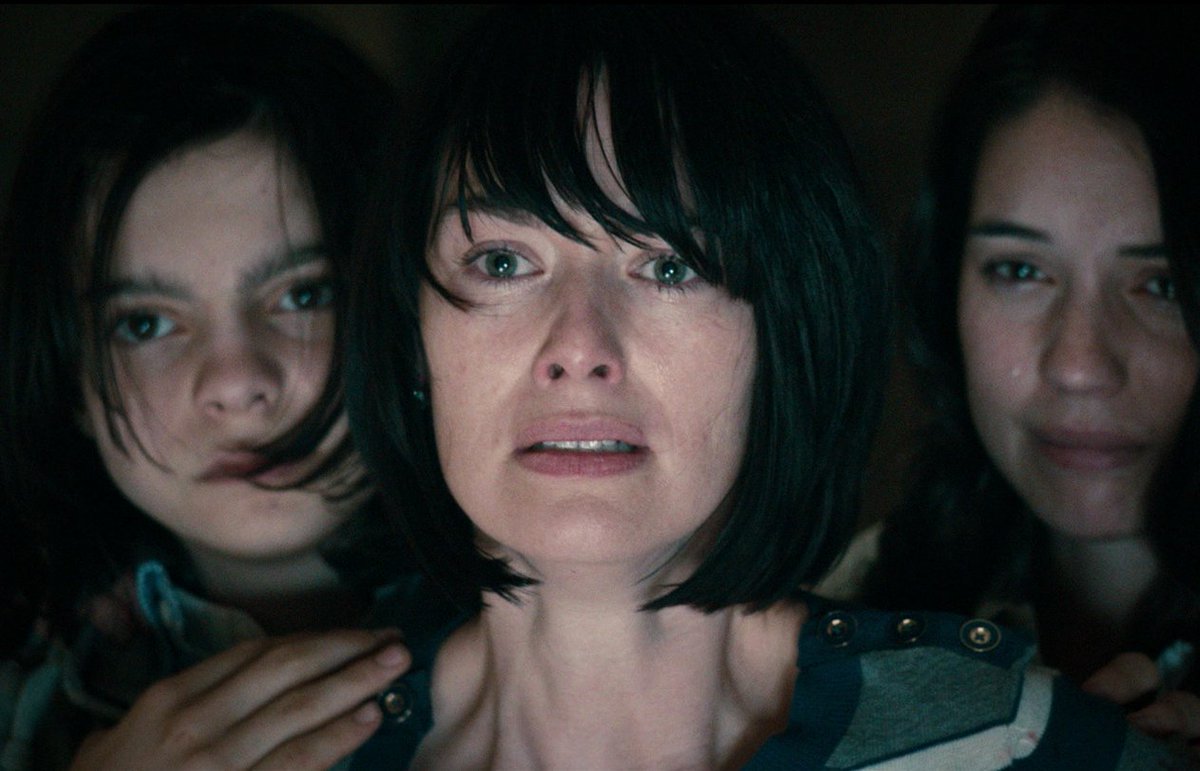
Cool concept for sure – but that didn’t save it from miserable writing. And that’s just one of many examples – the same goes for Natalie Dormer’s 2016 film, The Forest, set in the depths of the famous Suicide Forest in Japan. As someone both fascinated and highly creeped out by this controversial place, the premise should have guaranteed a compelling 90 minutes of terror – and instead, provided a boring mess of dull, cliched scares and poor pacing. A mysterious airborne disease causing people to commit suicide in grisly ways could have made for engaging suspense in 2008’s The Happening. That is, if we weren’t too distracted by atrocious scriptwriting and unintentionally comical scenes.
Perhaps we can hope these films manage to get a good remake in the following years, or better yet – bright and clever premises are left in the hands of those who actually know how to make a good movie.
- OH MY GOSH IT’S… A Spider?
Ever been on the edge of your seat, biting your nails to a stump in anticipation of that great monster reveal – only to be aggressively let down by a bogus animatronic insect lurching its way through the scene? Good, because then you’d know how I felt after watching It (1990), one of Stephen King’s greatest novels-turned-masterpiece of a disappointment. Or at least that ending was.
What often dips the suspense of a good horror film is sadly a mistake that is all too common among directors – a disappointing unveiling of the “monster”, “killer”, or that creature in It that seemed to escape a Doctor Who set from 1989. In most cases, the antagonist is not how we imagine he, she, or even it to look like, likely falling short of the terrifying monstrosity we’ve crafted in our minds.
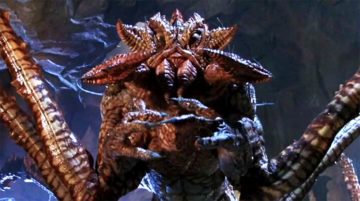
This is what is often forgotten among horror directors – that sometimes, the scariest of monsters are often those left to the audience’s own imagination. Maybe the stop-motion spider in It did manage to scare a few audiences (most likely arachnophobes or repulsed VFX students), but the film would have a fared a lot better had the villain been left more ambiguous – perhaps only showing glimpses of the creature a la J.J. Abrams’ Cloverfield. It’s overexposing the creepy and mysterious that really does a hamper on the horror factor – as the chilling subtlety of evil is thrown out the window, audiences are left fearing obnoxious jump scares rather than the enigmatic subject of terror itself. And with the advanced technology at our fingers today – it’s become all the more easy for producers to create unscary, CGI-ridden ghouls like the ghost in Del Toro’s Mama (2013) and Matthias van Heijningen Jr’s unimpressive attempt on modernizing The Thing in his 2011 remake.
In fairness, many classic horror movie villains are known for their iconic physical appearances – Friday the 13th’s Freddie Krueger and Hellraiser’s Pinhead come to mind – but the creepers who really get under your skin are often kept elusive, as in the case with The Babadook, or the vengeful demon from the original Paranormal Activity.

With visual effects in film and cinema progressing each year, it’s easy for producers to go gung-ho on the latest tech to spawn fancy-ass monsters of all forms. However, in the realm of horror, sometimes the insidious is key.
We all know horror movies aren’t winning Oscars by the duffel bags, and it’s not the world’s greatest conundrum either. In all fairness, the genre is a tough category to pin down. Toying with human psychology to generate scares is a challenge, with everyone’s differing reactions to different audio-visual triggers. Still, it wouldn’t hurt for directors to look into what’s been tried and tanked over the last decade, and maybe learn from the mistakes of their fallen brethren.







